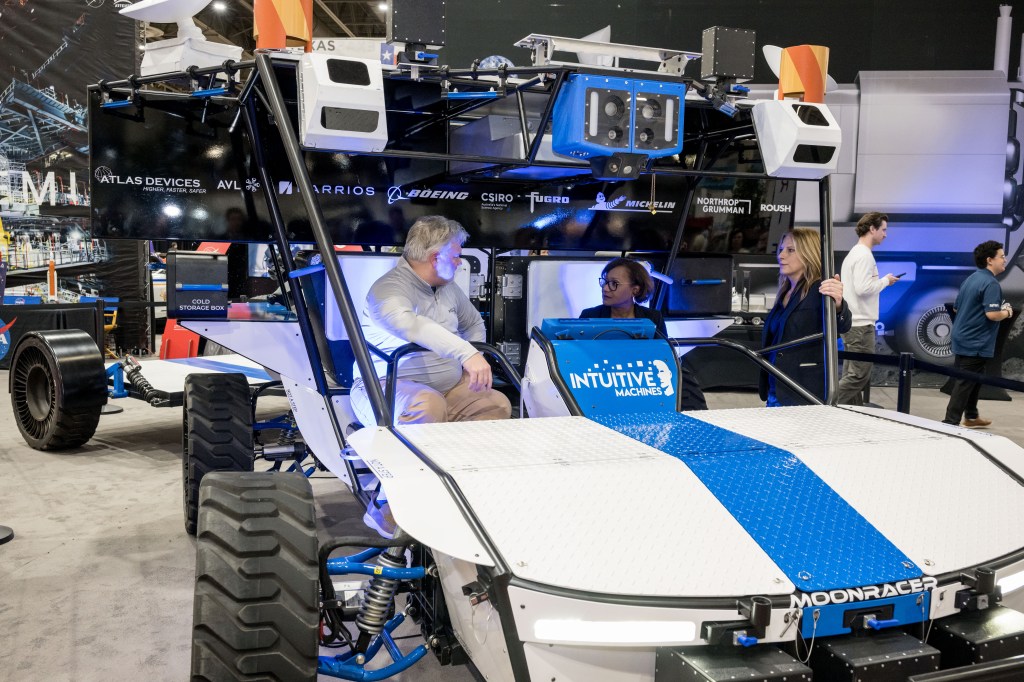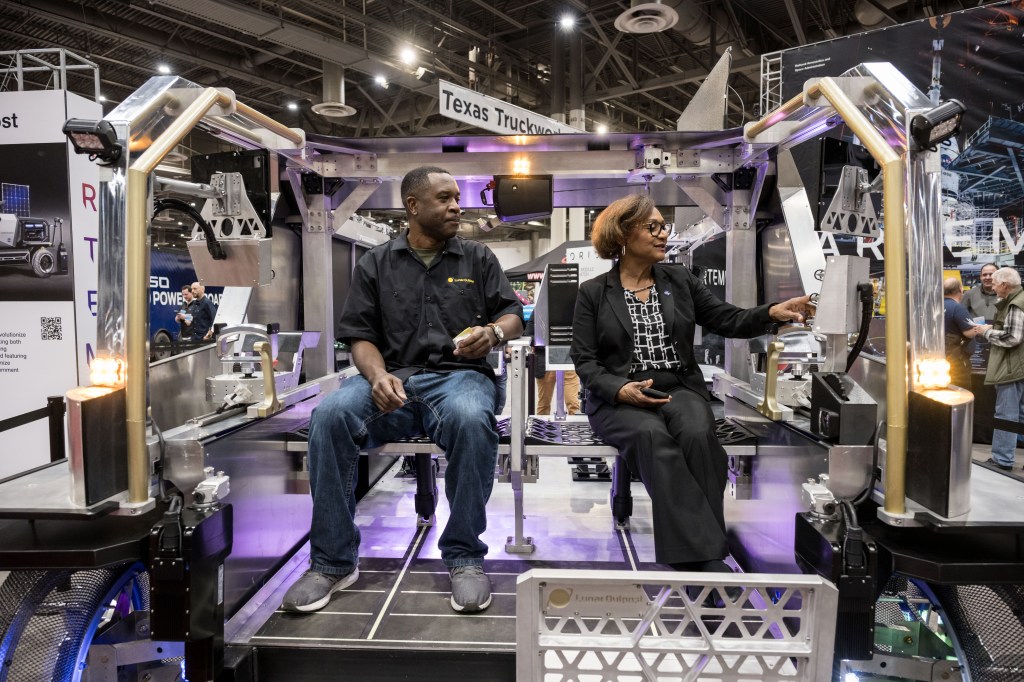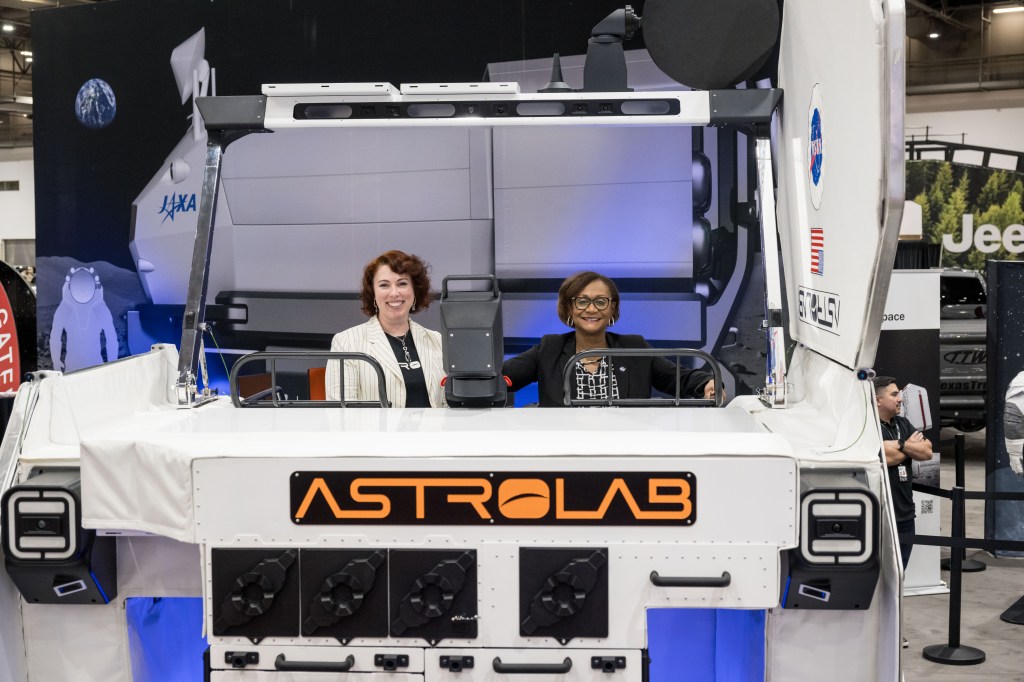You would not expect to see NASA at a car show-but that's exactly where Johnson Space Center employees were from Jan. 29 to Feb. 2, 2025, driving the future of space exploration forward.
At the Houston AutoBoative Show, a fusion of the auto and boat show, NASA rolled out its Artemis exhibit at NRG Center for the first time, introducing motor enthusiasts to the technologies NASA and commercial partners will use to explore more of the lunar surface than ever before.
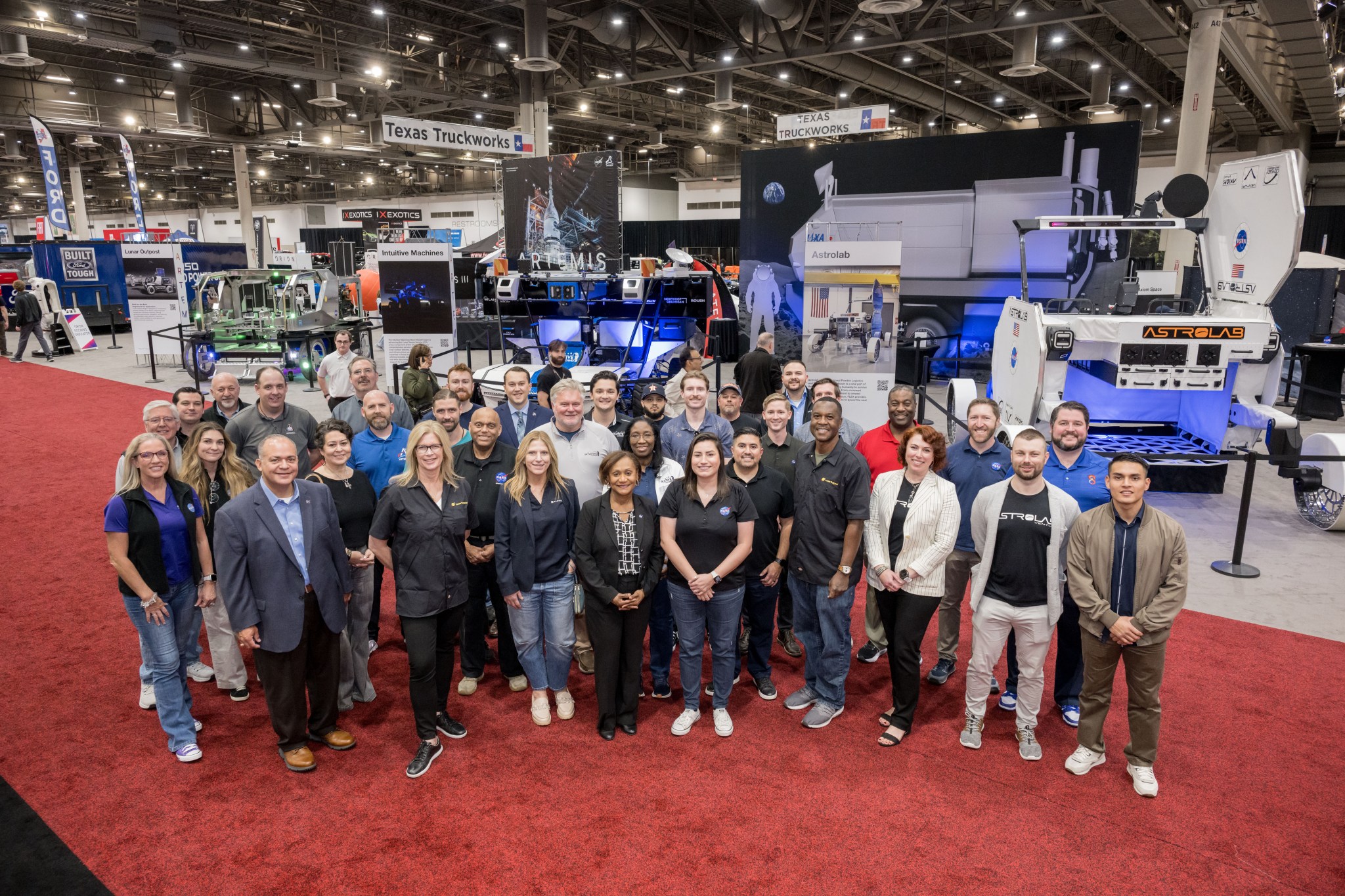
The Artemis exhibit stood alongside some of the world's most advanced cars and boats, offering visitors an up-close look at lunar terrain vehicle mockups from Astrolab, Intuitive Machines, and Lunar Outpost. Later this year, NASA will select the rover that will fly to the Moon as humanity prepares for the next giant leap.
In addition to the rovers, the exhibit featured a mockup of JAXA's (Japan Aerospace Exploration Agency) pressurized rover, designed as a mobile habitat for astronauts, and Axiom Space's lunar spacesuit, developed for Artemis III astronauts.
These capabilities will allow astronauts to explore, conduct science research, and live and work on the lunar surface.
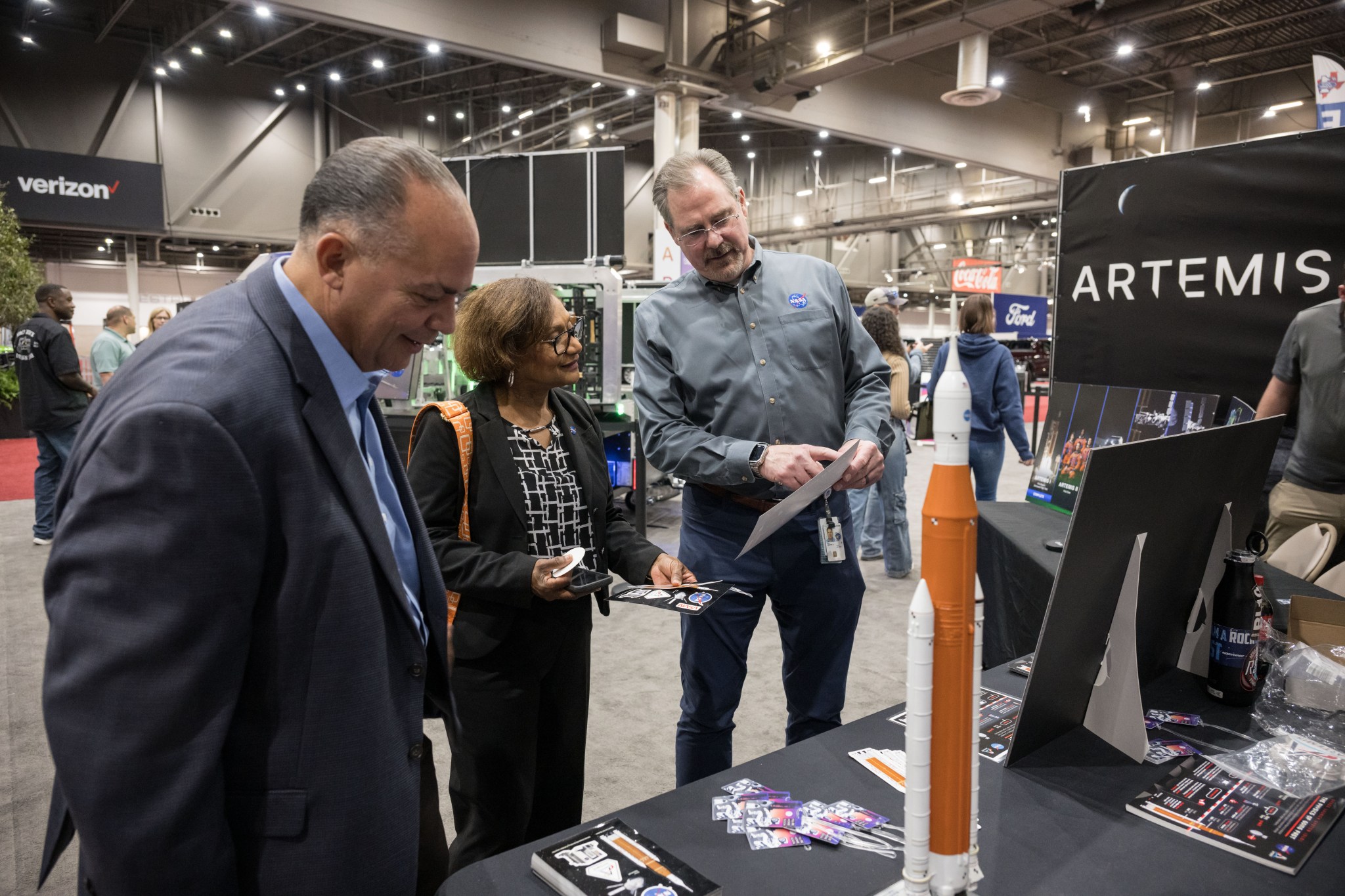
Johnson Director Vanessa Wyche visited the Artemis exhibit to highlight the importance of these technologies in advancing lunar exploration. Every lesson learned on the Moon will help scientists and engineers develop the strategies, technologies, and experience needed to send astronauts to Mars.
"By bringing the excitement of lunar exploration to the AutoBoative Show, NASA aims to inspire the next generation of explorers to dream bigger, push farther, and help shape humanity's future in space," Wyche said.
NASA's Artemis campaign is setting the stage for long-term human exploration, working with commercial and international partners to establish a sustained presence on the Moon before progressing to Mars.
To make this vision a reality, NASA is developing rockets, spacecraft, landing systems, spacesuits, rovers, habitats, and more.
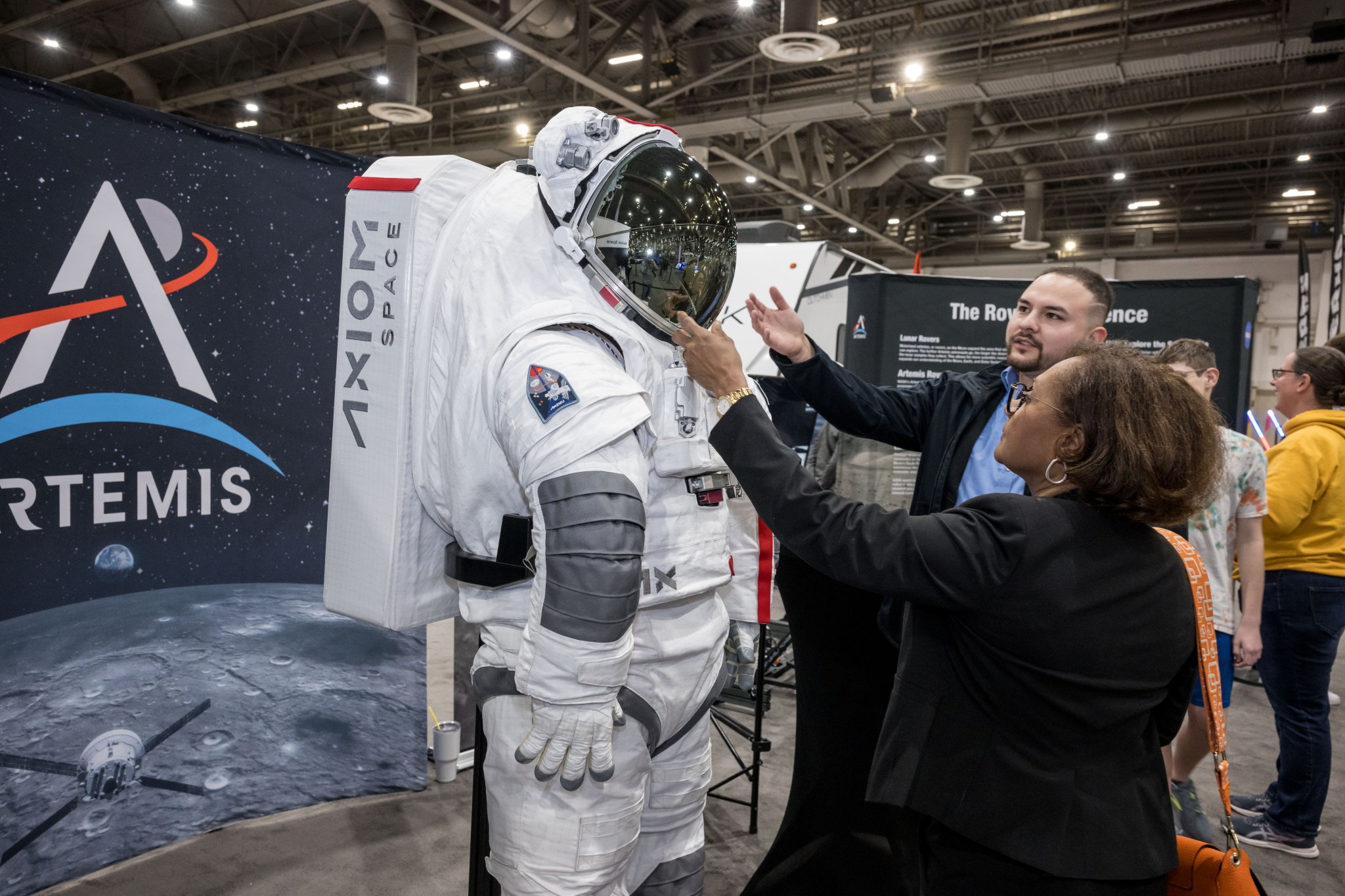
Some of the key elements on display at the show included:
- The Orion spacecraft - Designed to take astronauts farther into deep space. Orion will launch atop NASA's Space Launch System (SLS) rocket, carrying the crew to the Moon on Artemis missions and safely returning them to Earth.
- Lunar terrain vehicles - Developed to transport astronauts across the rugged lunar surface or be remotely operated. NASA recently put these rover mockups to the test at Johnson, where astronauts and engineers, wearing spacesuits, ran through critical maneuvers, tasks, and emergency drills-including a simulated crew rescue.
- Next-gen spacesuits and tools - Through Johnson's Extravehicular Activity and Human Surface Mobility Program, astronauts' gear and equipment are designed to ensure safety and efficiency while working on the Moon's surface.
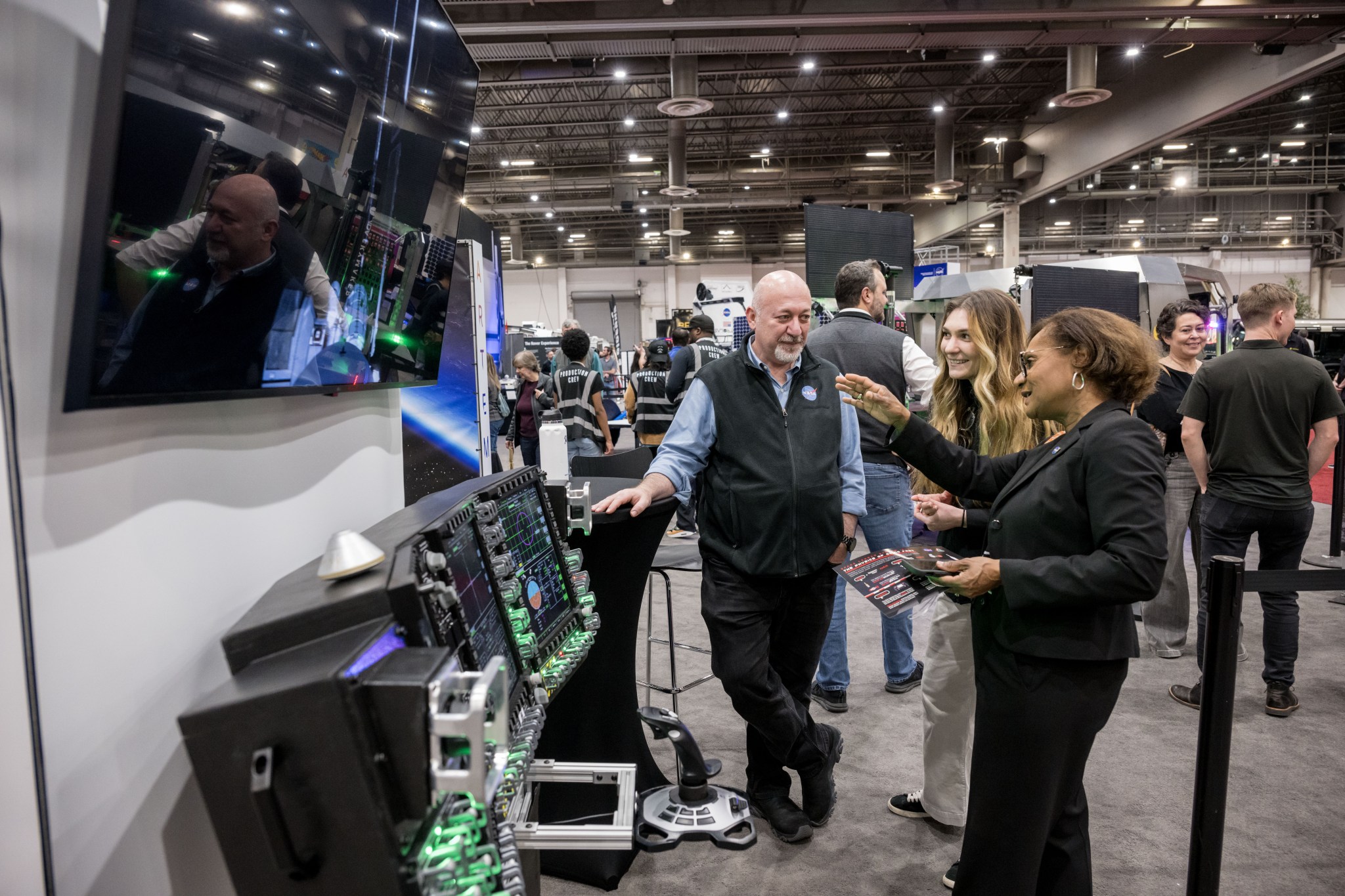
Guests had the chance to step into the role of an astronaut with interactive experiences like:
- Driving a lunar rover simulator - Testing their skills at the wheel of a virtual Moon rover.
- Practicing a simulated Orion docking - Experiencing the precision needed to connect to Gateway in lunar orbit.
- Exploring Artemis II and III mission roadmaps - Learning about NASA's upcoming missions and goals.
Attendees also discovered how American companies are delivering science and technology to the Moon through NASA's Commercial Lunar Payload Services initiative.
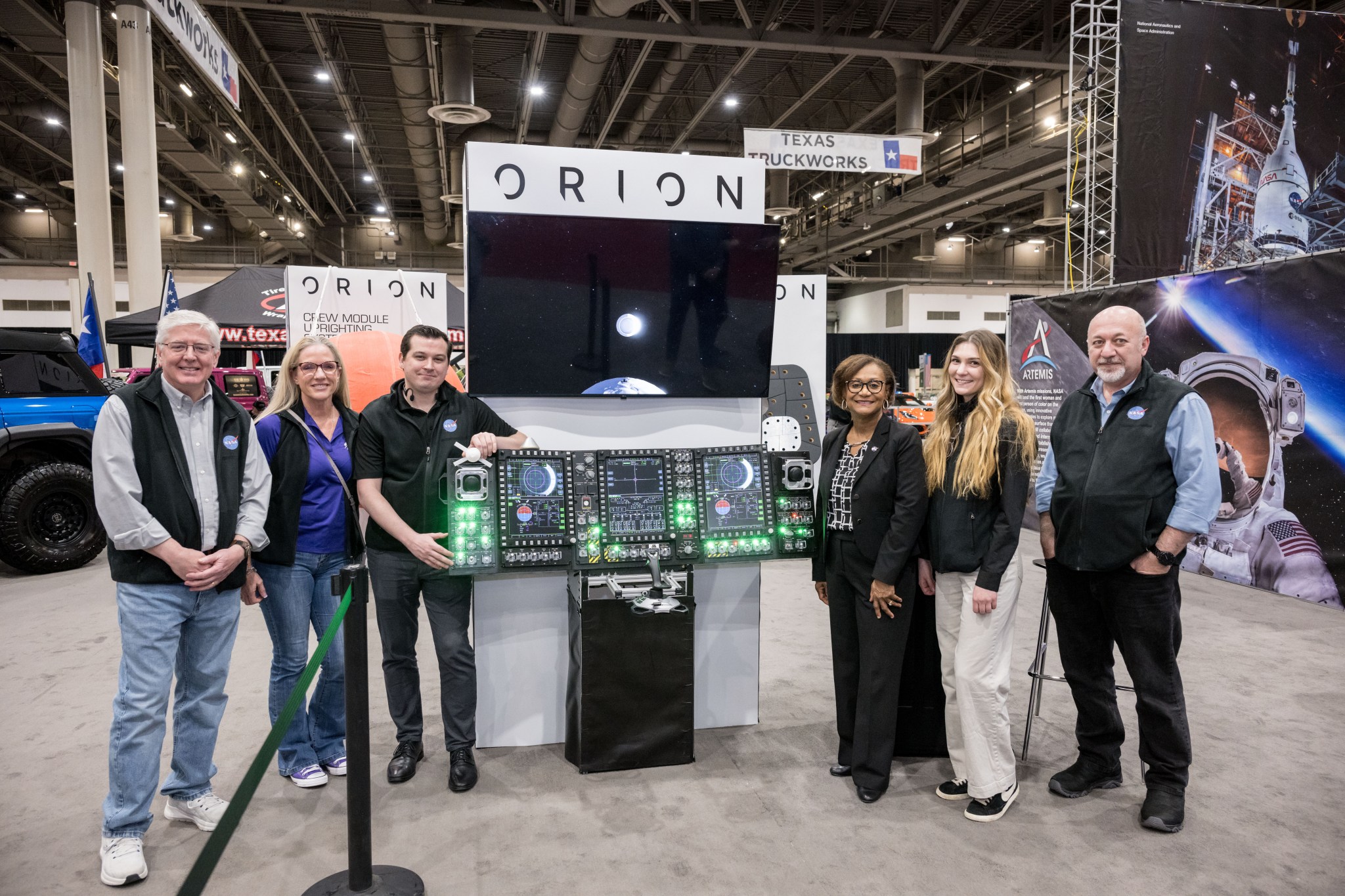
"Everyone can relate to exploration, so it was great to teach people the importance lunar rovers will have on astronauts' abilities to explore more of the lunar surface while conducting science," said Victoria Ugalde, communications strategist for the Extravehicular Activity and Human Surface Mobility Program, who coordinated the lunar rovers' appearance at the show.
Check out the rovers contracted to develop lunar terrain vehicle capabilities below.
